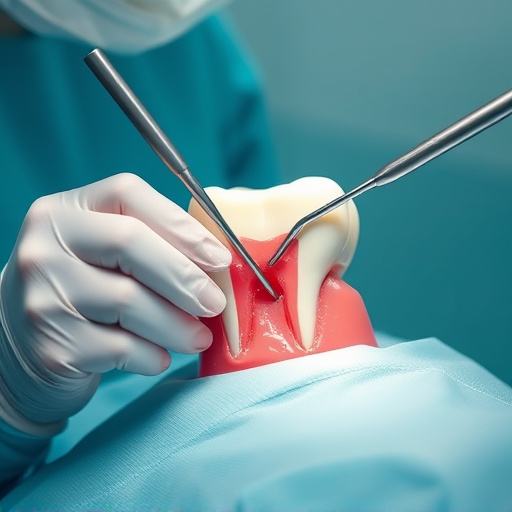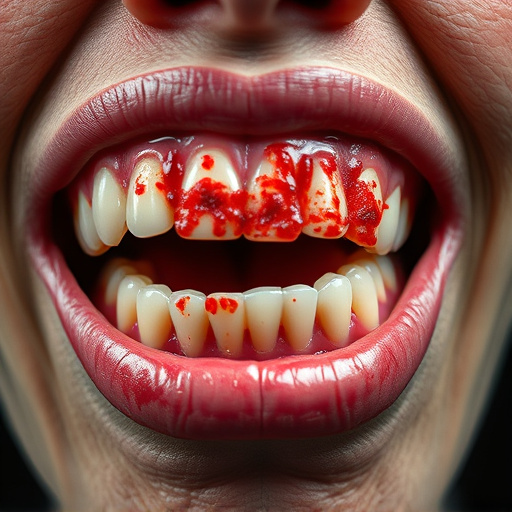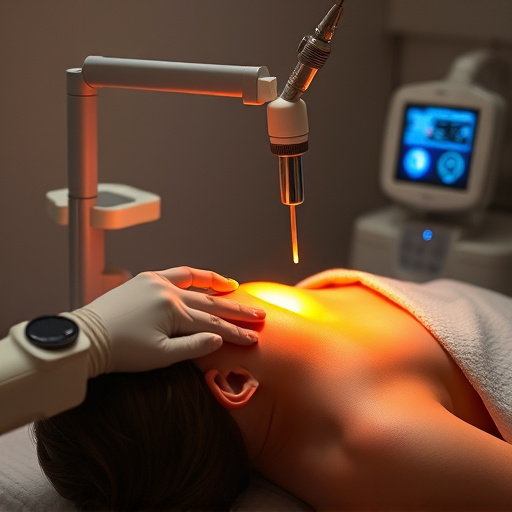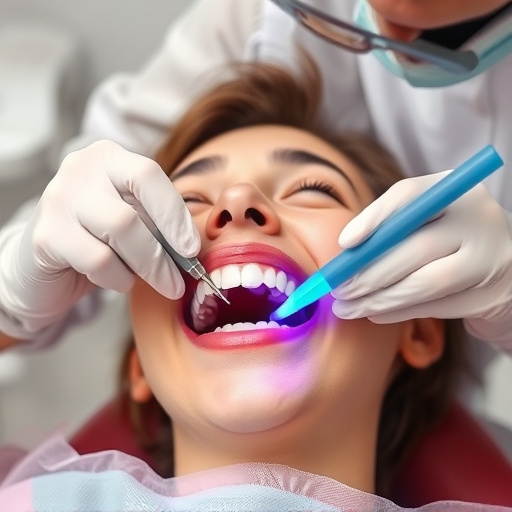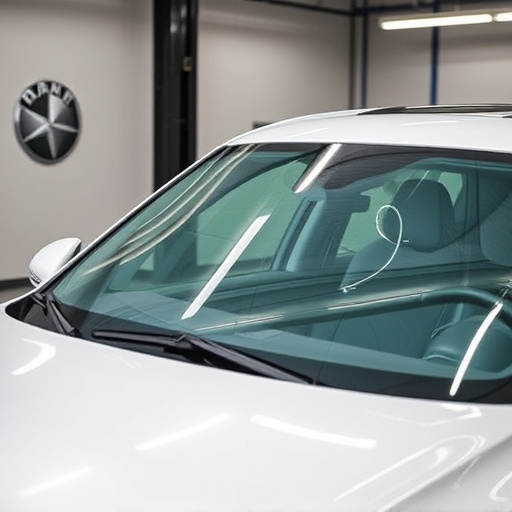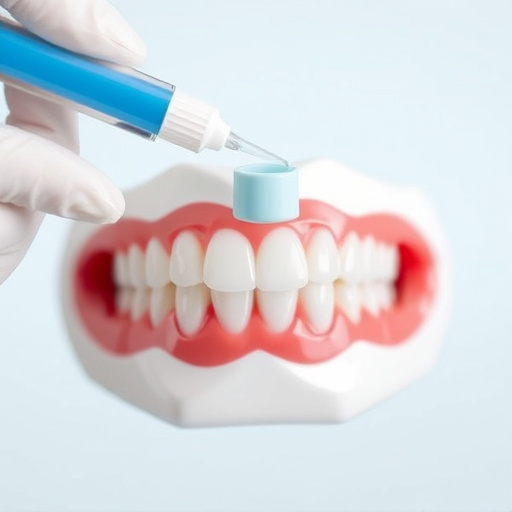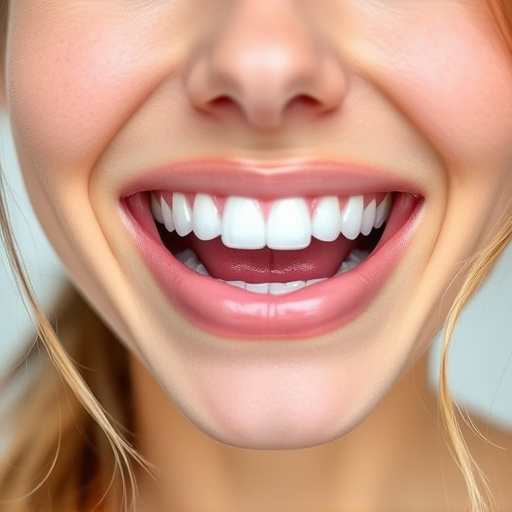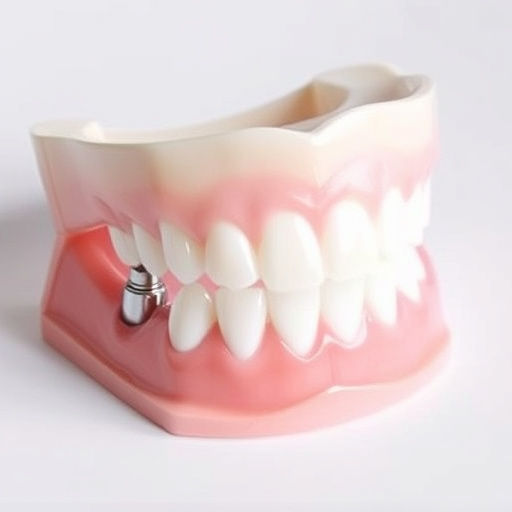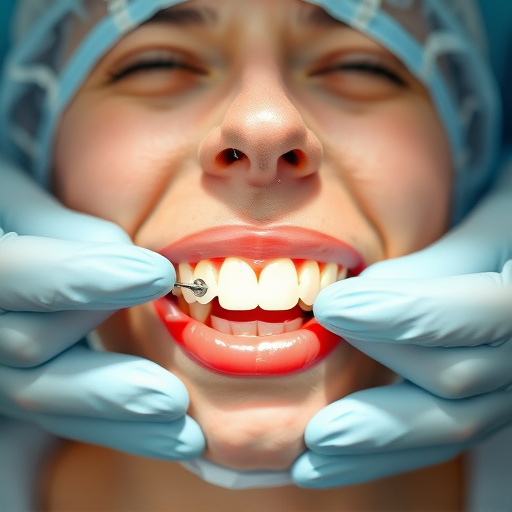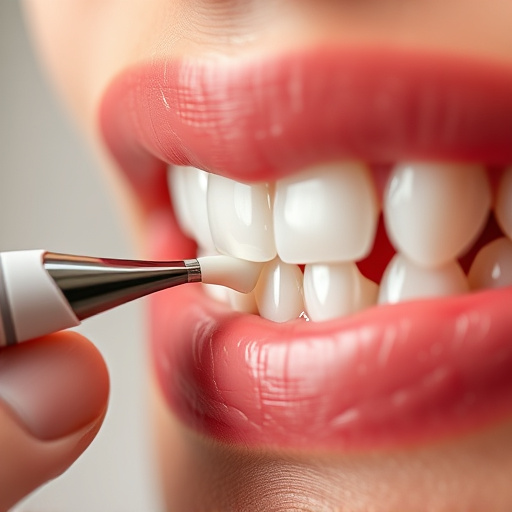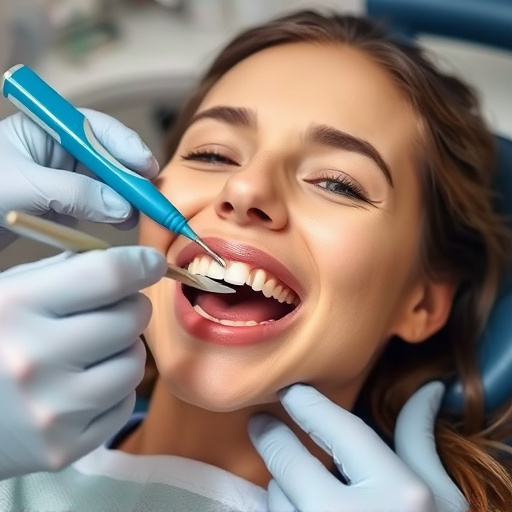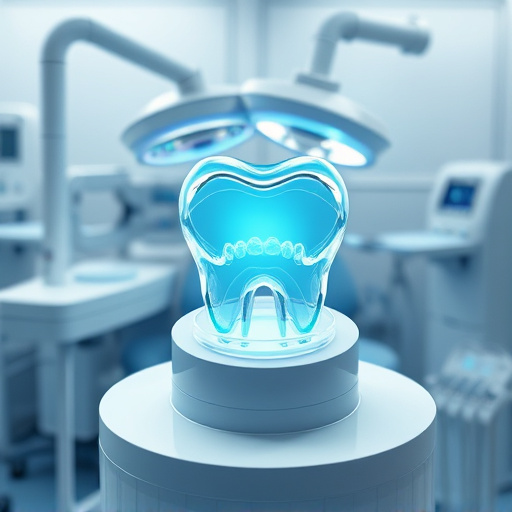Minimally invasive dentistry (MID) is a modern approach that preserves natural tooth structure using advanced technologies and strategies. By reducing drilling and cutting, MID minimizes discomfort and healing times compared to traditional methods. It offers conservative treatments like clear aligners, dental implants, and cosmetic fillings, maintaining healthy tooth tissue and enhancing long-term oral health outcomes.
Minimally invasive dentistry (MID) is transforming oral care by preserving natural tooth structure, offering a more conservative approach compared to traditional practices. This innovative field focuses on using advanced techniques to detect and treat dental issues early, minimizing damage and reducing patient discomfort. By understanding MID’s principles and exploring its advantages, patients can make informed decisions, ensuring healthier smiles with fewer interventions. Let’s delve into the benefits and modern methods shaping the future of dental care.
- Understanding Minimally Invasive Dental Procedures
- Advantages of Preserving Natural Tooth Structure
- Modern Techniques for Effective Treatment Options
Understanding Minimally Invasive Dental Procedures

Minimally invasive dentistry (MID) is a modern approach that focuses on preserving as much natural tooth structure as possible during various dental procedures. Unlike traditional methods, it prioritises the least disruptive techniques to restore oral health and aesthetics. This branch of family dentistry leverages advanced technologies and innovative strategies to achieve optimal results with minimal patient discomfort.
In emergency dental care situations or when conducting routine treatments like fillings and crowns, MID aims to reduce the amount of healthy tooth removed. For example, micro-restorative techniques allow for the repair of small cavities using minimally invasive methods, preserving the tooth’s natural form. This approach not only enhances long-term oral health but also reduces the need for additional procedures and their associated risks.
Advantages of Preserving Natural Tooth Structure

Minimally invasive dentistry (MID) offers several advantages when it comes to preserving natural tooth structure. By employing advanced techniques and technologies, dentists can perform treatments that are less destructive and more conservative than traditional methods. This approach not only reduces the need for extensive drilling and cutting but also minimizes post-operative discomfort and healing time.
One of the key benefits is the ability to correct dental issues while maintaining the integrity of healthy tooth tissue. For example, clear aligners can effectively straighten teeth without damaging the natural enamel, making them a popular choice for subtle yet effective tooth repair. In emergency dental care scenarios, MID can also play a crucial role in preserving the tooth by providing quick and efficient solutions that require less manipulation of the natural structure. This ensures that patients can maintain their smile’s beauty and function while enjoying improved oral health outcomes.
Modern Techniques for Effective Treatment Options

Modern techniques in minimally invasive dentistry offer a range of treatment options that preserve as much natural tooth structure as possible. One such innovation is the use of dental implants, which serve as artificial roots for crowns, enabling long-term stability and functionality while minimizing damage to adjacent teeth.
Another popular approach is cosmetic dentistry, focusing on enhancing the aesthetic appeal of teeth without substantial removal of natural enamel. This includes procedures like cosmetic fillings, which not only restore damaged teeth but also maintain their natural shape and color, contributing to a healthier smile. These advancements in minimally invasive dentistry ensure that patients receive effective treatment while preserving the integrity of their oral health for years to come.
Minimally invasive dentistry is transforming oral healthcare by preserving natural tooth structure while effectively treating various conditions. By leveraging modern techniques and advanced technologies, dental professionals can now offer patients more comfortable, efficient, and aesthetically pleasing solutions. This approach not only enhances smile aesthetics but also promotes long-term oral health by minimizing the need for extensive alterations to teeth and gums. Embracing minimally invasive dentistry is a step towards a brighter, healthier future for patient care.
